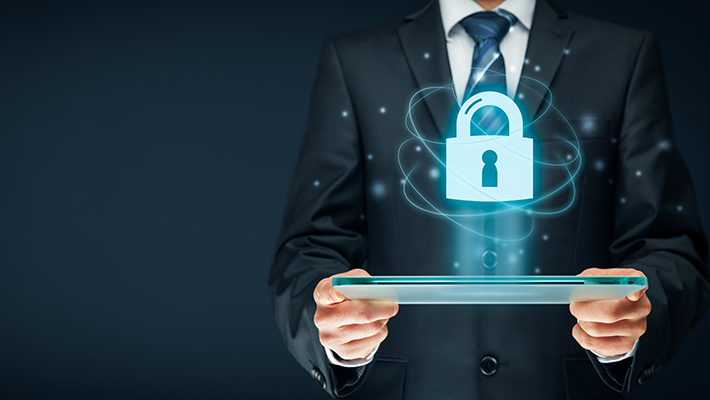Four Simple Steps For Freelancers To Keep Client Data Safe
The issue of cybersecurity is more serious than many freelancers realize. They work on their personal computers that contain their clients’ data, but often fail to keep their security up to standard.
Proper cybersecurity measures are not something that freelancers can always keep up with, or even afford in many cases. A company can use its funds to fend off a myriad of attacks - 14 ransomware attacks a second on average, in fact - but freelancers rarely have the means to do the same.
And this leaves them uncomfortably open to cyber attacks.
But just because you, as a freelancer, can’t match the cutting-edge security technology of massive companies doesn’t mean there’s nothing you can do. We’ll share with you some simple, practical tips on how to protect both yourself and your clients from cyber threats.
Keep Your Software Updated
You’ve likely heard this one before. Nevertheless, you’d still be surprised at how many freelancers neglect to update the programs they work with.
Practically every software update comes with its share of security vulnerabilities - usually the ones that cyber attackers already know about. In other words, hackers know how to exploit weaknesses in out-of-date software.
The solution, then, is easy: keep your software updated. This applies to everything from your applications to your operating system.
Toughen Up your Passwords
The power of the password is often underestimated. You probably know someone who has used something along the lines of “1234” as their password. That’s never a good idea.
Putting more thought into your passwords goes a long way. Here are some handy tips on how to fortify your password.
- Avoid the obvious: “password” won’t cut it.
- Use more than one word: dictionary attacks make short work of one-word passwords like “pineapple.”
- Longer is better: keep it above 12 to be safe.
- Don’t just use letters: adding numbers and symbols helps a great deal.
- Don’t make it relevant to yourself: avoid opting for something like your pet’s name.
- Change your passwords routinely: as often as thirty to ninety days.
Use Encryption
Encryption is a terrific way to keep you out of harm’s way. It essentially makes all data unreadable to those who aren’t supposed to see it. Encryption works especially well in situations where data needs to be transferred, like sending something via email.
Encryption might sound fancy, but it’s quite affordable these days. In fact, there are plenty of free programs that do it for you. AxCrypt, VeraCrypt, and NordLocker provide pretty great services for free software.
Ask Your Client for Help
Sometimes, the client has more cybersecurity resources at their disposal than you. If you feel that your protection is lacking, it’s probably a bad call to just hope for the best. So, why not reach out to your client for some assistance?
Your client might be happy to provide you with their safety tech. Working with company-level firewalls, backups, encryption, and more is definitely safer than fending for yourself. If their safety is on the line, they should be happy to help.
Conclusion
It’s difficult to overstate the need for cybersecurity. Though the means to keep yourself a hundred percent protected might be out of your reach, you don’t have to be completely vulnerable.
Updating your software, implementing complex passwords, using encryption, and taking advantage of your clients’ resources - all of these steps do wonders for your safety. And it’s better to keep your device safe than to keep your fingers crossed.

No comments:
Post a Comment